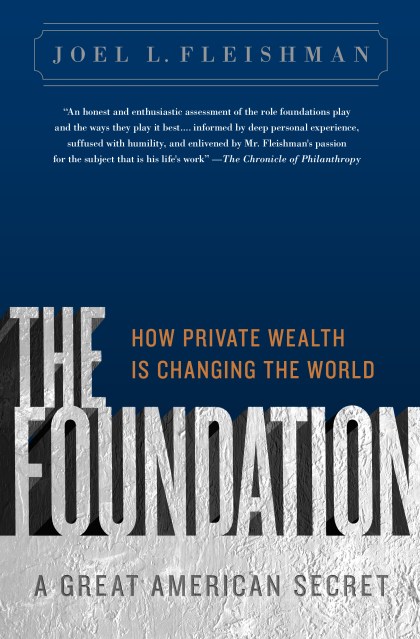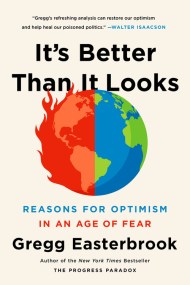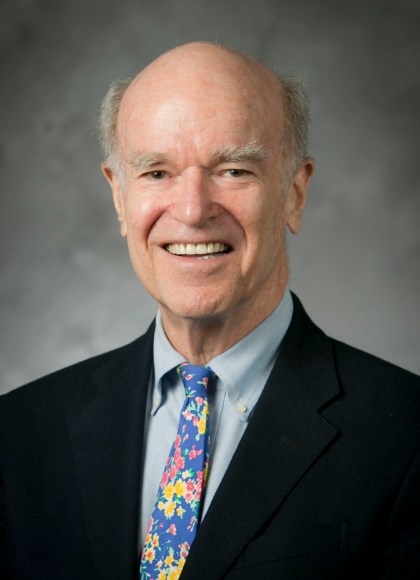The Foundation
A Great American Secret; How Private Wealth is Changing the World
Contributors
Formats and Prices
Price
$12.99Price
$16.99 CADFormat
Format:
- ebook $12.99 $16.99 CAD
- Trade Paperback $24.99 $31.99 CAD
This item is a preorder. Your payment method will be charged immediately, and the product is expected to ship on or around January 9, 2007. This date is subject to change due to shipping delays beyond our control.
Also available from:
Genre:
- On Sale
- Jan 9, 2007
- Page Count
- 384 pages
- Publisher
- PublicAffairs
- ISBN-13
- 9781586485382
Newsletter Signup
By clicking ‘Sign Up,’ I acknowledge that I have read and agree to Hachette Book Group’s Privacy Policy and Terms of Use







